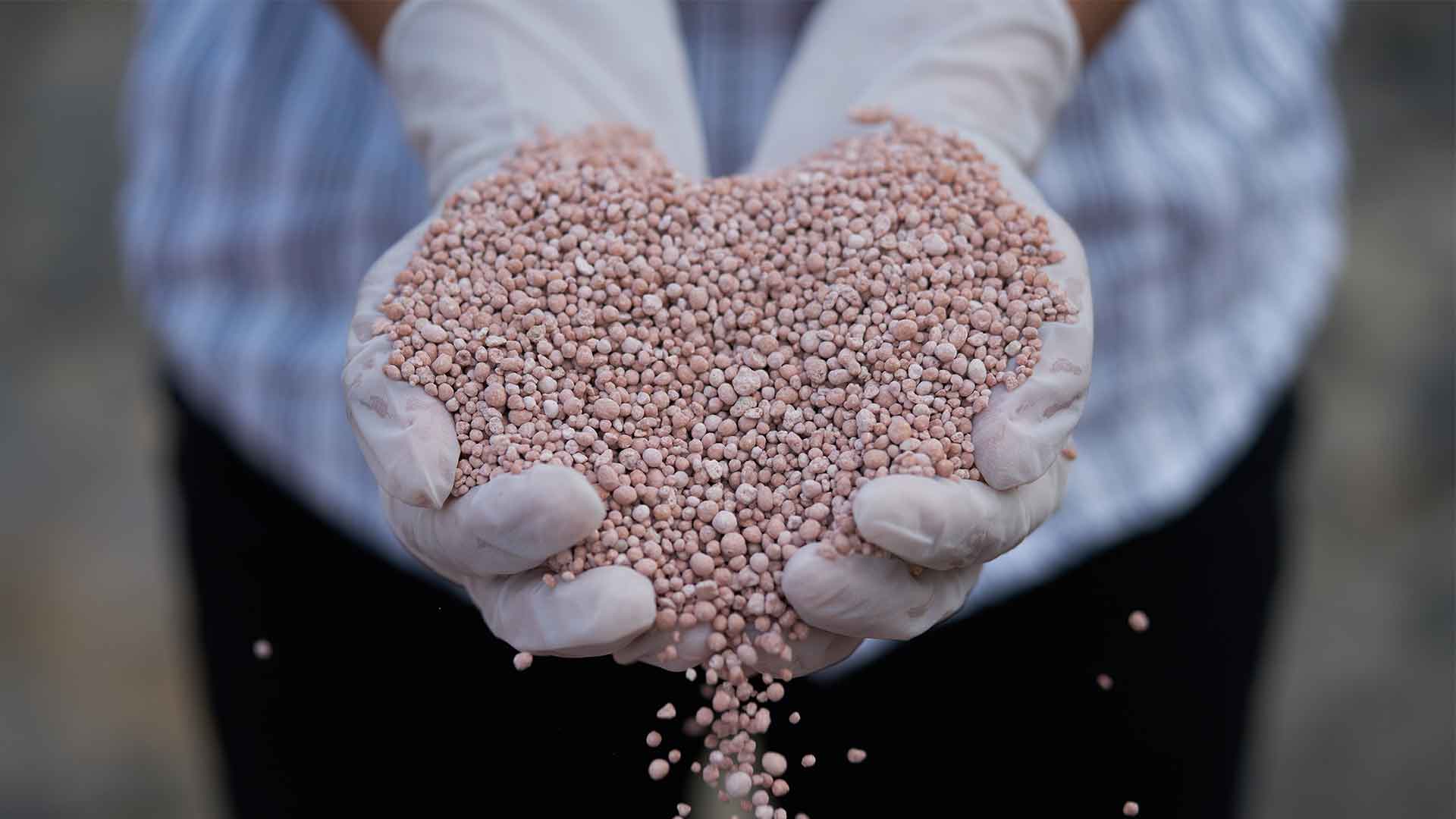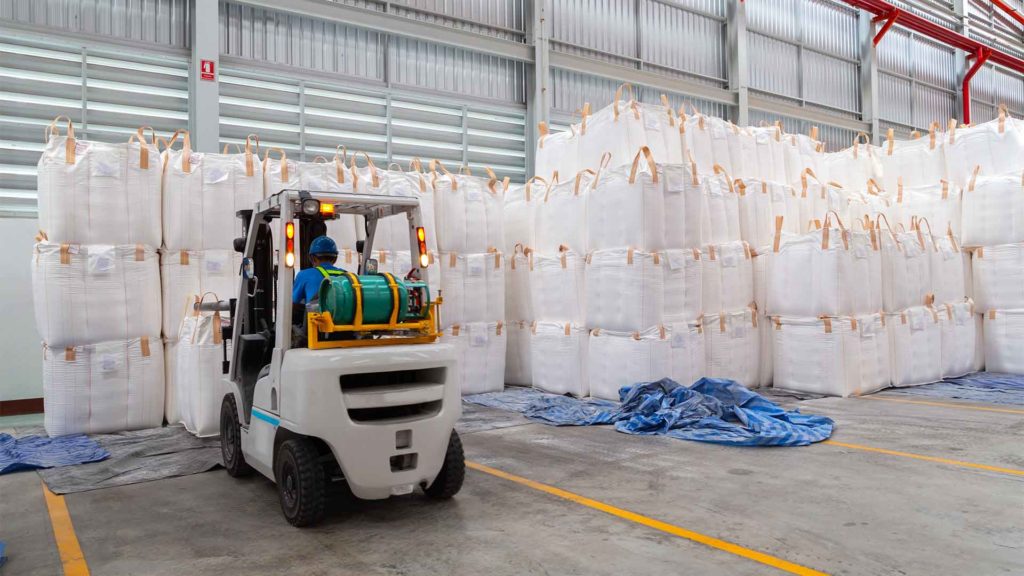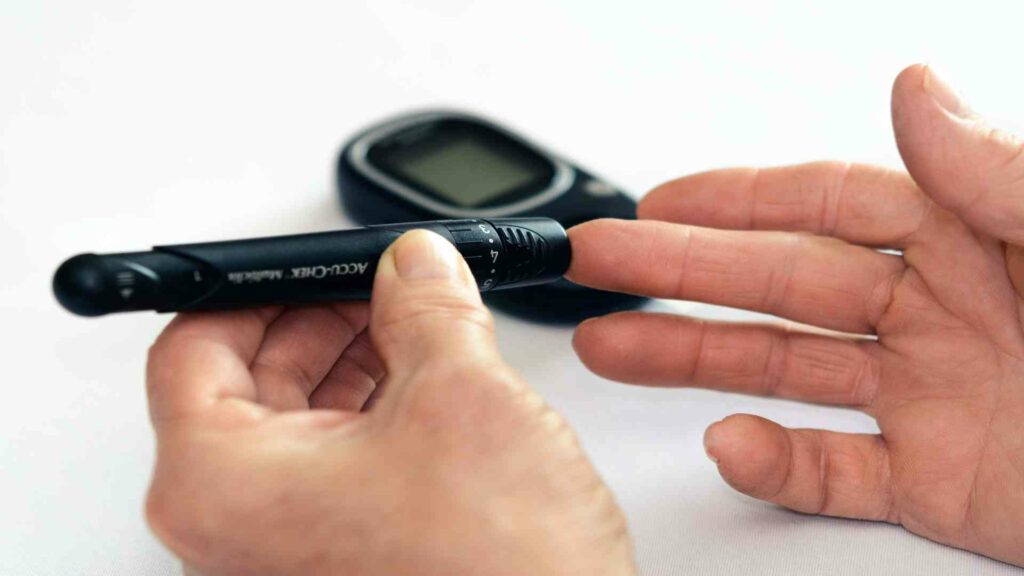Boron Malnutrition and Food Security
Food security and boron malnutrition is a major issue in developing countries. Malnutrition and hunger are two of the most common problems that these nations face. These two often go hand-in-hand with food insecurity. Food security is defined as “Access by all people at all times to enough food for an active, healthy life”. The World Health Organization identifies malnutrition as one of its six priority areas. WHO specifically focuses on maternal and child nutrition, vitamin A deficiency (VAD), micronutrient deficiencies in general, obesity, and cardiovascular disease (CVD). How can Boron and Food Security become more visible?

How to manage malnutrition?
Education and Awareness
Malnutrition is a worldwide problem that affects two billion people. One of the causes for malnutrition in children under five years old is inadequate breastfeeding. The World Health Organization (WHO) recommends exclusive breastfeeding from birth to six months. This should be continued with breastfeeding up to two years or beyond as complementary foods are introduced alongside breast milk.
Yet many mothers do not have access to education on this topic. Nor do they have appropriate information about how and when to introduce complementary foods into their child’s diet. To address this issue, UNICEF offers an app called Baby-Friendly Hospital Initiative which provides guidelines. It is for care providers on how best to provide nutrition and care during hospital stays and at home after discharge through the use of evidence-based practices.
Why does malnutrition happen?

Malnutrition happens if you don’t eat enough food or if your body doesn’t have the right mix of nutrients it needs. Some people are malnourished. Malnutrition can happen if you don’t eat enough food or if your body doesn’t have the right mix of nutrients it needs.
Malnutrition in the world is a major issue that is going on for years. It is present anywhere and affects anyone at any time. The most common form of malnutrition is anemia. It causes mental health issues such as depression and anxiety. Malnutrition also causes physical problems like stunted growth, which leads to lower cognitive function. Finding ways to manage this problem may help reduce its effects in the long run.
The first step in managing malnutrition is education and awareness about its various forms. It is about understanding what it does to you physically and mentally, how to recognize it when it happens, and how to find treatment if needed. This includes educating people on proper nutrition habits so those who are malnourished know what foods they should be eating.
Improving food security at home
There are different ways for improving food security, and some are possible even at home. One way is to grow your garden, allowing you to have more control of what you grow and harvest. Another option is learning how to cook healthy foods so that they’re nutritious and tasty as well.
Food security activities to manage malnutrition

Malnutrition is an inadequate nutritional intake. It is mainly due to lack of access or funds (not necessarily poverty) rather than an inability to tolerate. This happens when people do not have enough money, time, or knowledge. Or a combination of the three to eat healthy meals that are nutritious and tasty. Poor nutrition affects every bodily system including muscles, bones, skin, and mental function. The most common causes for malnutrition include food insecurity, living with chronic conditions such as diabetes, and aging. It also includes pregnancy and breastfeeding infants who need more nutrients than adults from their mothers to grow properly and develop normally.
The Food and Agriculture Organization of the United Nations (FAO) provides food assistance to more than 80 countries. Around 30 million people receiving life-saving rations every month.
In India, for example, they provide a supplemental nutrition program that delivers nutritious foods like milk powder, soybean oil, and lentils. These are especially important for pregnant women who need extra nutrients to ensure maternal health as well fetal development. These programs also help those living with chronic conditions such as diabetes.
Food Security Activities
The first activity “school feeding programs”. They are effective because they reach many people at once with a nutritious meal. And they also provide education on proper nutrition habits. At present only 25% of schools have such programs. But this number can easily increase by providing assistance or incentives to governments.
The second activity to reduce malnutrition rates is “nutrition labeling and education”. The purpose of nutrition labels on packaged foods is to make it easier for consumers to identify nutritious food choices. It provides information about the package’s content, such as calories per serving. Nutrition labeling is also useful in supermarkets or restaurants with an accompanying educational campaign. It informs consumers about the importance of reading labels.
The third activity to reduce malnutrition rates is “nutrition awareness.” In many cases, people are eating too much fat and not enough nutrients such as vitamins or minerals. Most cultures equate food intake with high status. Hence, it can be difficult for some individuals in these communities to recognize that they need more nutrition education. So they can change their habits. Nutrition awareness programs often promote balanced diets by teaching people how to read packages’ nutritional information. It also helps to understand what a healthy diet looks like. So that they make healthier choices when shopping or cooking at home.
Commodities management
Commodity management refers broadly to activities carried out before the product reaches consumers. These influence its quality, quantity, safety, or market value.
The goal of commodities management is to maintain food quality and high standards. It also minimizes the loss in weight, volume, or product coverage during distribution. This is possible by reducing spoilage rates through better packaging design, cleanliness control protocols for vehicles, careful handling at receiving points, etc.

Commodity Management toolbox
Packaging considerations: The right kind of package will minimize degradation. It should also have a shelf life that matches your storage needs and the desired freshness level when you get it home.
Vehicle considerations: Food typically spends a significant amount of time in transport. How food is loaded onto the vehicle, how tightly it’s packed, and where it sits while in transit can all impact spoilage rates.
Shop smart: Always check for freshness dates on perishable items like meat and dairy. Make sure you are buying what has the longest shelf life possible from each store visit.
Role of Boron in fighting malnutrition
Boron is a naturally occurring mineral. It plays an important role in the development of bones, teeth, and other tissues. Boron deficiency can lead to problems like osteoporosis, poor bone density leading to fractures, and consequently malnutrition. It is important for pregnant women because it helps form strong fetal skeletons from the earliest stages of pregnancy.

Does boron help malnutrition?
Malnutrition is a global problem and affects over 800 million people worldwide. Boron, an essential micronutrient, plays an important role in managing malnutrition. It helps to maintain the health of bones and muscle function. And it can provide some relief from pain due to arthritis or osteoporosis. It is a popular belief that boron only comes from fruits and vegetables. But most adults receive enough boron through their diet without supplements. But for those who are at risk of deficiency (such as pregnant women), supplementation may be necessary.
Most adults are not at risk of boron deficiency. But those who have conditions that might weaken their ability to absorb nutrients would benefit from supplementation.
Final thoughts
In conclusion, malnutrition management involves education and awareness among the mass. It follows food security activities and commodity management. Finally, it is the process of identifying what specific nutrient may be lacking or causing symptoms and taking the nutritional supplements as necessary.





